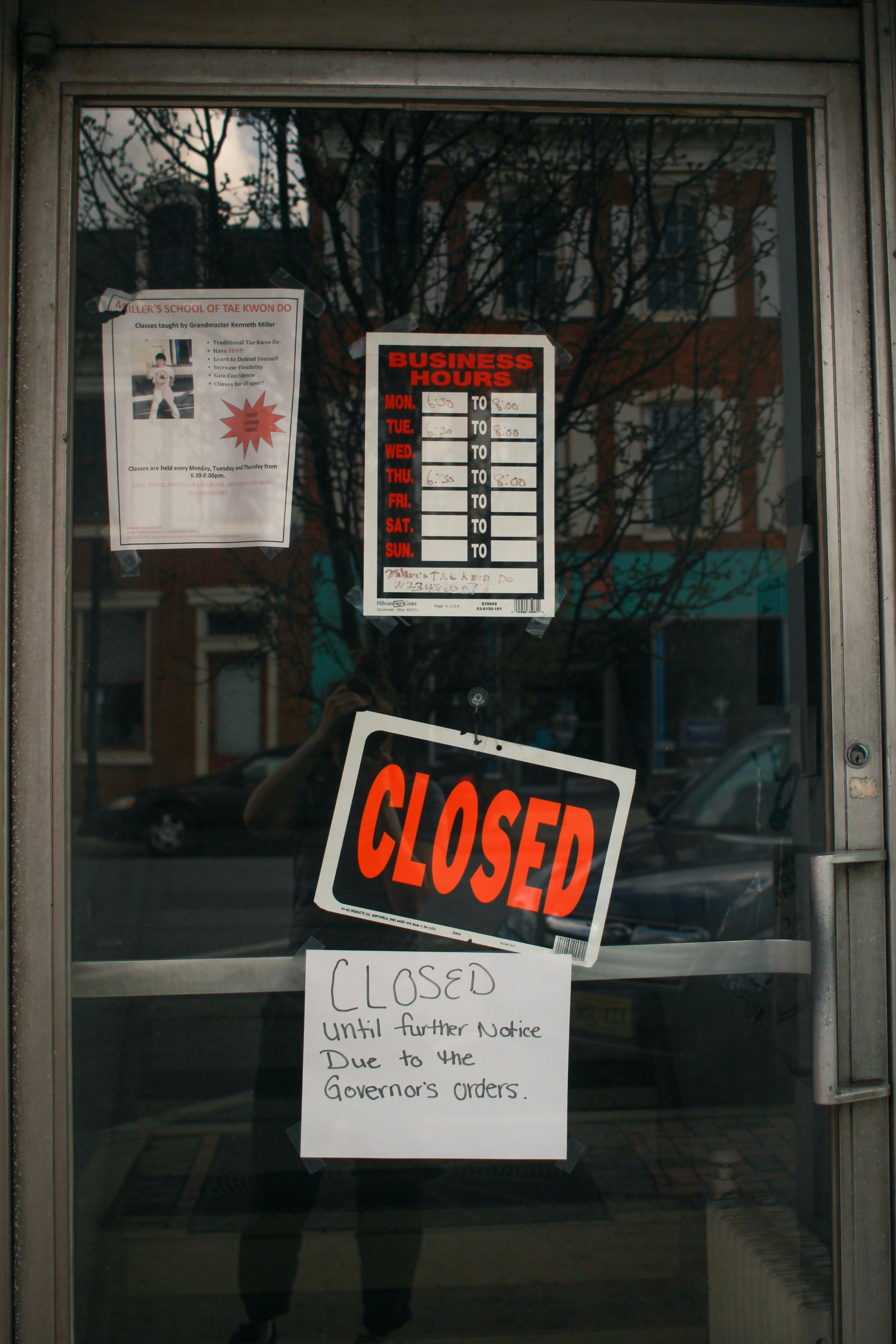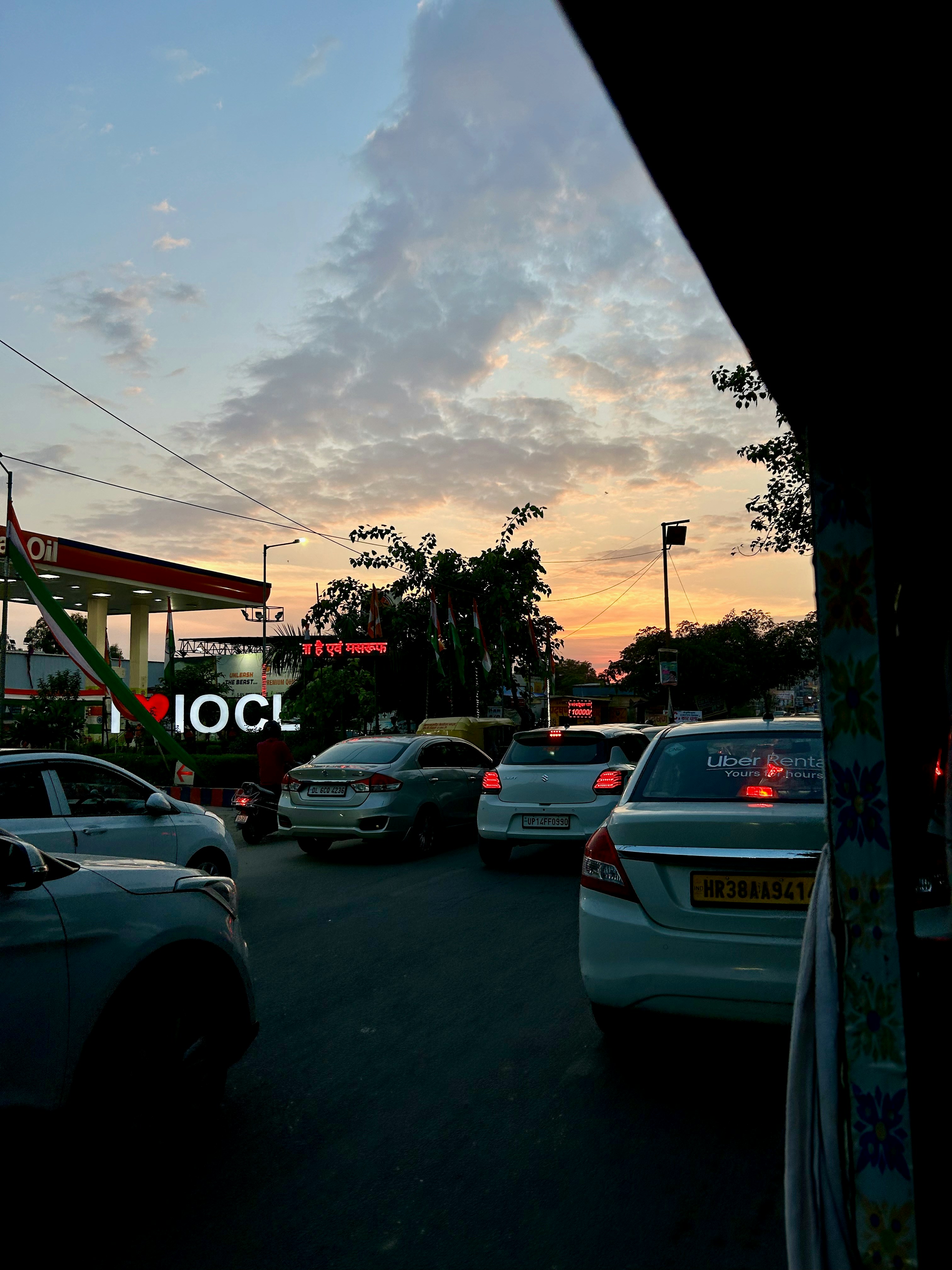Understanding the American Dream
The American Dream, a core aspect of the national identity, has undergone significant transformation since its inception. Traditionally, it has represented ideals such as homeownership, financial prosperity, and the pursuit of happiness, embodying the belief that anyone, regardless of their background, can achieve success through hard work and determination. However, the contemporary interpretation of the American Dream reflects the socio-economic realities of 2025, highlighting the complexities and barriers many face in achieving this ideal.
Historically, homeownership has been a cornerstone of the American Dream, symbolizing stability and success. The aspiration to own a home was tightly interwoven with notions of wealth accumulation and social status. However, rising housing costs, particularly in urban areas, have posed challenges that now make homeownership an increasingly elusive goal for many millennials and Gen Z individuals. This change has prompted a reevaluation of what it means to achieve financial stability and success in today’s society.
Moreover, the concept of happiness within the American Dream has adapted alongside shifting cultural values. While previous generations might have equated happiness with material wealth, younger generations are increasingly pursuing fulfillment through experiences, relationships, and personal growth. This shift emphasizes that the American Dream is not solely about financial success, but also about achieving a holistic sense of well-being and satisfaction.
Furthermore, socioeconomic factors such as income inequality, student debt, and job market instability have complicated the path to achieving the American Dream. In 2025, many individuals are navigating a landscape that requires them to redefine this dream, focusing on sustainable living and alternative pathways to success. The pursuit of the American Dream, therefore, is marked by both aspiration and challenge as people strive to adapt to an ever-evolving society.
Financial Requirements for Homeownership
In 2025, achieving homeownership remains a central tenet of the American Dream, yet the financial requirements associated with purchasing a home have become increasingly complex. Individuals aspiring to buy a home must consider various costs, including the down payment, mortgage rates, property taxes, and ongoing maintenance expenses. As of 2025, the average home price in the United States stands at approximately $350,000, necessitating a down payment that typically ranges from 3% to 20% of the purchase price. Therefore, potential homeowners should expect to allocate between $10,500 and $70,000 solely for this initial investment.
Mortgage rates also significantly influence the financial landscape for homebuyers. In 2025, the average interest rate for a 30-year fixed mortgage hovers around 6.5%, impacting monthly payments and overall affordability. For homeowners taking out conventional loans, this translates to an average monthly payment exceeding $2,200, based on the prevailing home prices. Consequently, prospective buyers must ensure their monthly income is sufficient to cover mortgage obligations, ideally targeting a debt-to-income ratio of no more than 36%.
Beyond the immediate costs of purchasing a home, property taxes and maintenance also play crucial roles in long-term financial planning. In many regions, property tax rates can range from 0.5% to 2% of a home’s assessed value, which adds additional yearly expenses. Furthermore, homeowners must anticipate regular maintenance expenditures, estimated at 1% of the home’s value annually. Economic factors, including inflation and fluctuating interest rates, further affect housing supply and demand, resulting in variations in home prices and accessibility. For many, these combined financial obligations shape the modern understanding of the American Dream and its attainability in today’s economic environment.
Cost of Education and Career Development
In 2025, the financial landscape of education and career development is characterized by escalating costs that demand careful consideration. The price of higher education has seen a steady rise, with tuition fees at both public and private institutions soaring. A significant portion of students find themselves relying on student loans to finance their college education, perpetuating a cycle of debt that can extend well into their professional lives. As the educational ecosystem evolves, it becomes increasingly crucial for individuals to assess not only the immediate financial burden but also the long-term implications of their educational choices.
Moreover, the traditional model of attending a four-year university is being challenged by the emergence of alternative pathways. Technical schools, online certifications, and vocational training programs are gaining traction as viable options for those seeking to develop skills without incurring substantial debt. Such alternatives often focus on providing practical experience and shorter completion times, appealing to individuals eager to enter the workforce more expediently. Investing in these routes can be a financially prudent decision, particularly in a job market that increasingly values skills over degrees.
The necessity for ongoing education cannot be overstated. As industries undergo rapid transformations brought about by technological advancements, continuous skill enhancement has become imperative for career advancement. Professionals who engage in lifelong learning are better equipped to navigate the complexities of modern jobs, enhancing their employability and potential for growth. Organizations are increasingly recognizing the importance of investing in their workforce through training programs and workshops, thus bridging the gap between education and practical application. Overall, understanding the cost of education and career development in 2025 is essential for individuals aspiring to invest wisely in their futures.
Balancing Lifestyle and Expenses
In 2025, the pursuit of the American Dream remains intricately linked to a series of lifestyle choices that can significantly impact one’s overall cost of living. Major components such as healthcare, leisure activities, and family expenses can either enhance or strain an individual’s financial situation. The key to achieving this ideal balance lies in creating a well-structured budget that accommodates personal aspirations while ensuring that essential needs are met.
Healthcare spending has become a substantial part of many household budgets. As medical costs continue to rise, it is important for individuals to explore different insurance plans that best fit their needs. By choosing plans with lower premiums and manageable out-of-pocket expenses, families can alleviate some of the financial pressures. Additionally, preventive care and wellness programs can reduce long-term health expenses, encouraging individuals to prioritize their well-being, which in turn supports their pursuit of a balanced lifestyle.
Leisure activities are an integral aspect of the American Dream, contributing to personal fulfillment and family bonding. However, they often come with varying price tags. Finding cost-effective alternatives, such as community events or free recreational facilities, can help families enjoy quality experiences without overspending. Planning annual family vacations can also be done through strategic saving—setting aside a portion of the budget monthly can facilitate leisure pursuits without compromising essential expenses.
Family expenses, including education and childcare, constitute another crucial factor in the overall cost of living. As tuition fees and daycare costs escalate, families must explore various education funding options, such as scholarships, grants, or flexible spending accounts. By making informed financial decisions, individuals can work towards fulfilling their personal and familial aspirations. Ultimately, a balanced budget, crafted with a clear understanding of one’s priorities, can enable individuals to live a fulfilling life while effectively navigating the complexities of living the American Dream in 2025.


















+ There are no comments
Add yours